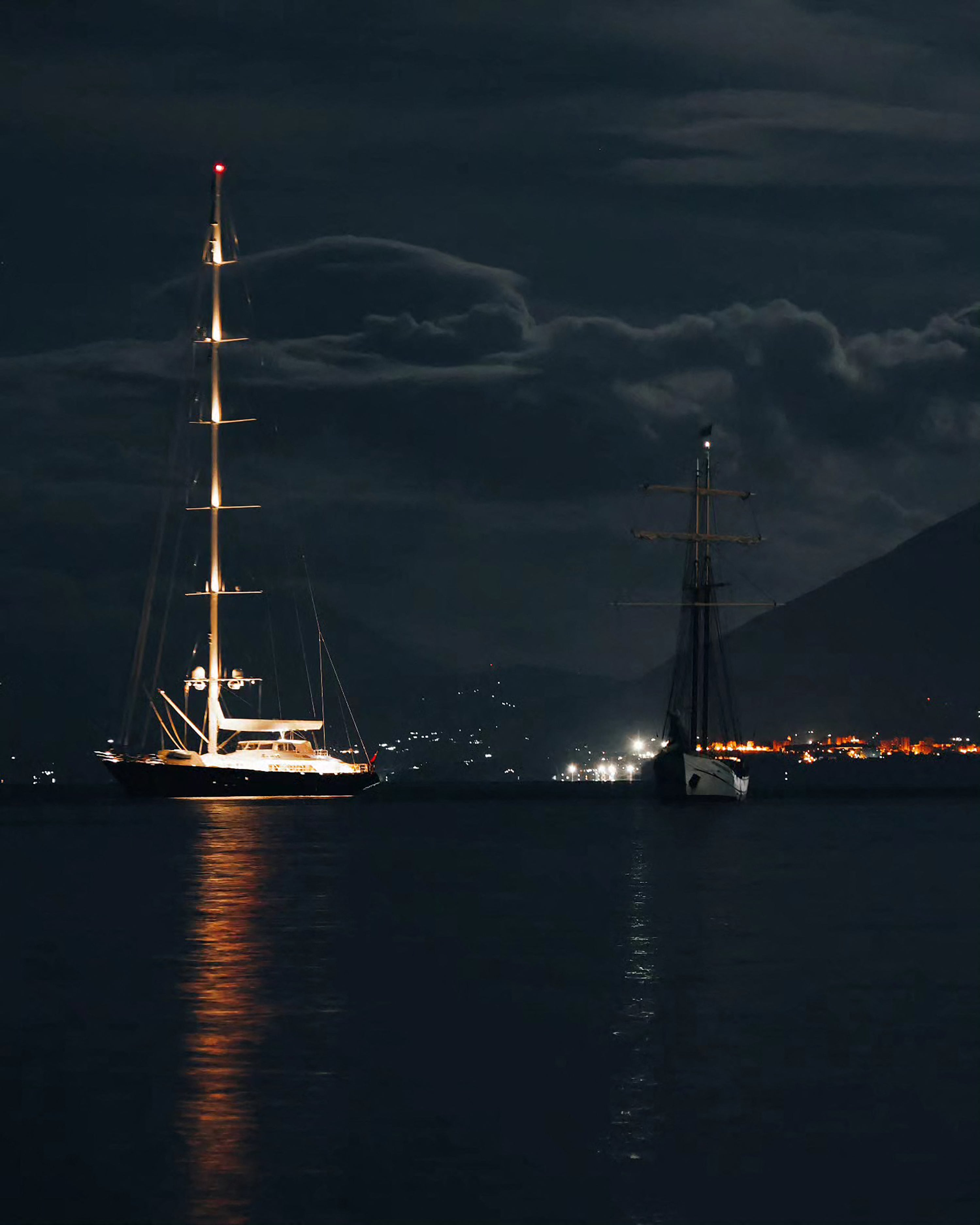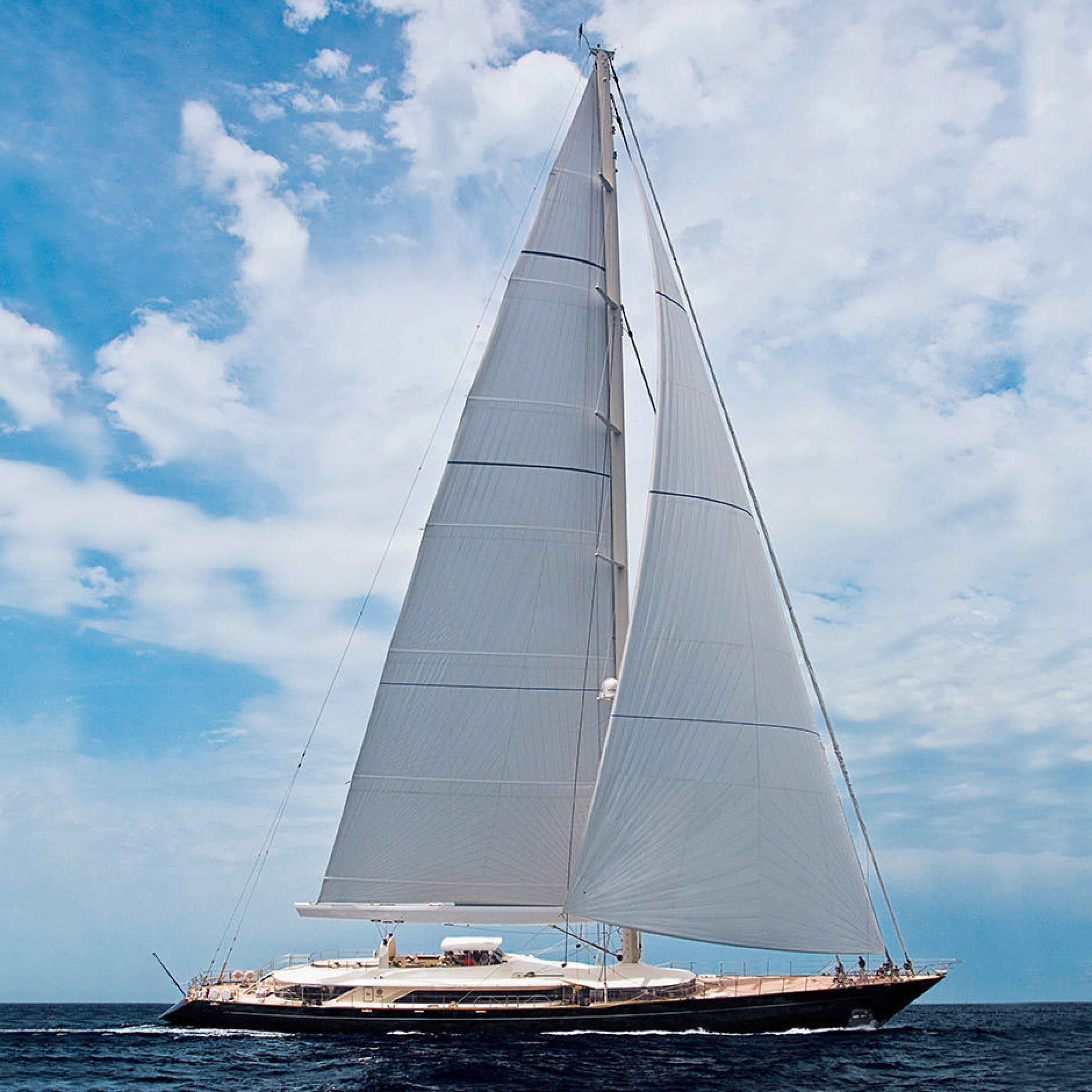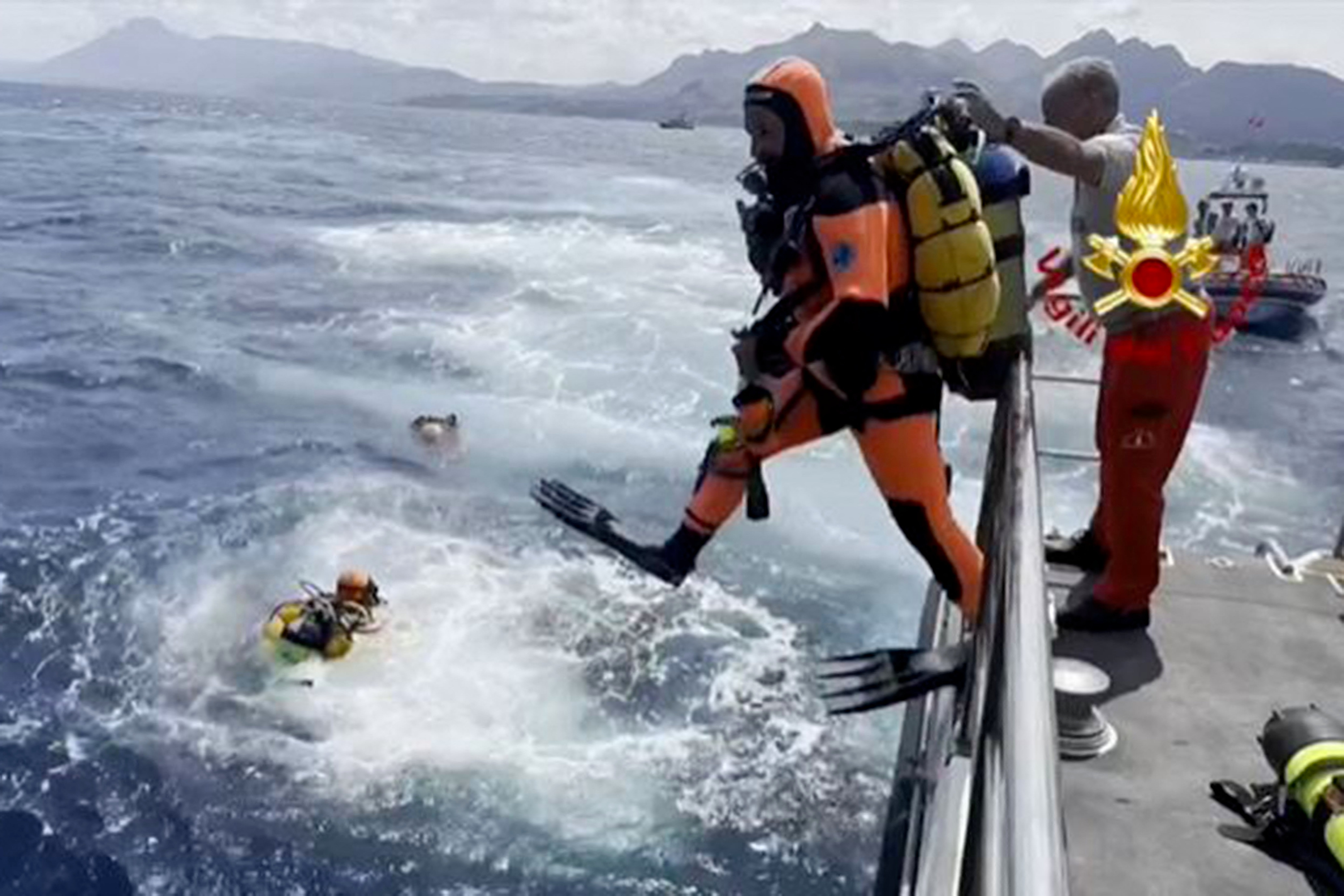Mike Lynch: Seven key unanswered questions around the sinking of the Bayesian
With the search continuing of the sunken Bayesian an investigation has been launched to establish what caused the disaster off the coast of Sicily
With the Bayesian lying on her side 50 metres underneath the now gentle waters of the Mediterranean, mystery still surrounds how the 56-metre superyacht, sank in the typhoon off the port of Porticello.
Remotely controlled underwater vehicles and cave divers are looking to raise the yacht, which experts will examine in the coming days.
Italian publication Giornale di Sicilia reported post-mortem examinations were completed at a Palermo hospital and the bodies have now been returned.
The Bayesian was hit by a suspected “downburst” of strong wind early on 19 August. The 56m-long, £30 million yacht drifted for about 400 metres from its anchorage near the fishing port of Porticello before sinking.
Fifteen of the 22 passengers and crew survived the incident by clambering onto an inflatable liferaft.
The bodies of tech billionaire Mike Lynch, dubbed “Britain’s Bill Gates“, his 18-year-old daughter Hannah and four other people were found by divers on board. Post-mortem examinations suggest they had been trapped in a room below deck.
Jonathan Bloomer, the international chairman of Morgan Stanley Bank; his wife Judith, a psychotherapist; Christopher Morvillo, a US lawyer; and his wife Neda, a jewellery designer, also died in the sinking.

It will take weeks for Ambrogio Cartosio, the chief prosecutor of Termini Imerese, and his team to establish whether the sinking of the Bayesian was down to human error, an unpredictable weather event or whether anyone is liable.
Italian Navy divers have recovered video surveillance equipment from the wreckage parts of the deck, computer material, video surveillance systems, hard drives and various other equipment, that could explain how the Bayesian sank.
Prosecutors have said they will interview the survivors – some of whom were pictured leaving the Domina Zagarella hotel in Santa Flavia, which has become the headquarters for survivors, police and rescuers.
Many questions face the investigators:
Were access hatches left open?
One expert at the scene in Sicily said an early focus of the investigation would be on whether the yacht’s crew had failed to close access hatches before the tornado struck.
Yachting experts have suggested that the hatches being open could have allowed the Bayesian to fill with water quickly and sink.
But Andrea Ratti, a nautical design professor at Polytechnic University of Milan, said a boat the size of the Bayesian could only sink so rapidly by taking in a huge amount of water.
“One can make plausible assumptions that leave room for doubt,” he said, before suggesting that one or more portholes, windows or other openings may have been broken or smashed open by the waterspout.
The recovered video could show whether the crews left doors open, which might have allowed the yacht to flood.
Was the boat prepared for a storm?
Prosecutors will look at whether appropriate measures were taken in preparation for the storm.

The yacht’s captain, James Catfield, from New Zealand, told Italian media of the suddenness of the waterspout that turned a luxury super yacht into a death trap.
“We just didn’t see it coming,” he said.
Luca Mercalli, the president of the Italian Meteorological Society, said on Tuesday that the crew should have made sure that all the guests were awake and given them lifejackets in light of the forecasted heavy rains.
The coast guard said bad weather had been forecast, but added that it was more virulent than expected. Some locals spoke of a waterspout, or sea whirlwind, of exceptional force.
“It was a strange thing,” fisherman Andrea Carini said. The Bayesian was at anchor, its sails down, when the tempest hit, with another yacht moored nearby.
A nearby yacht, the 42-metre Sir Robert Baden Powell, remained anchored and weathered the storm after its captain turned on the engine to keep control of the vessel and avoid a collision with the Bayesian.

The captain, Karsten Borner, said he did not know whether the crew of the Bayesian had managed to switch on its engines.
“I don’t think they did things wrong, I think they were surprised by the power of the storm,” he said.
“I only know that they went flat with the mast on the water and that they sank in two minutes,” he said, adding that the storm was “very violent, very intense”, bringing in “a lot of water and I think a turning system like a tornado”.
Did the world’s largest aluminium mast have anything to do with the sinking?

The Bayesian was built by Italian shipbuilder Perini in 2008 with a 75m (246ft) mast which it claims is the tallest aluminium mast in the world.
Scott Painter, who took over Lynch’s multi-billion dollar software company called Autonomy, founded in 1996, said Lynch’s yacht may have been more vulnerable due to the mast.
“The mast was the ultimate sailor’s bragging right,” Painter told the outlet. “That mast must’ve been over 240 feet tall, which is either the tallest or second tallest in the world.”
He added: “That could certainly contribute to a capsize as it would destabilize the yacht. And if it were to lean over too far, it could absolutely capsize the yacht.”
Captain Borner said: “If the mast had been broken they wouldn’t have capsized.”
Would a lightning shock wave damage the mast?
Colonel Attilio Di Diodato, director of the Italian Air Force’s Center for Aerospace Meteorology and Climatology, said the agency had registered intense lightning activity and strong gusts of wind in the area.
The Bayesian had one of the tallest aluminium masts in the world, according to its builder, Perini Navi.
“Having a tall aluminium mast would not make it the safest port to be in case of a storm,” said Andrea Ratti, associate professor of nautical design and architecture technology told the Politecnico di Milano.
The type of intensity unleashed by a violent lightning storm “could have created a significant shock wave”, he added.
Was the Bayesian keel retractable and was it down?
The Bayesian had a retractable keel, a fin-like apparatus under the hull that helps stabilise boats and acts as a counterweight to the mast. It is not known whether it was down at the time of the vicious storm.
Both Ratti and Mattioni questioned whether the yacht had been anchored with the keel up, reducing the vessel’s depth under water and making it less stable. Ratti said strong winds might have caused the boat to start oscillating wildly, “like a pendulum”, putting exceptional strain on the mast.

Was the the Bayesian properly anchored?
Tom Sharpe, a retired Royal Navy commander and defence commentator, told CBC News that a mast the size of the Bayesian’s is designed for a massive sail, and without that sail raised and catching the wind, the gusts likely would’ve had a negligible impact on the aluminum pole.
He instead suggested the anchor may have played a pivotal role.
“My kind of working assumption is that she was probably a bit further in at anchor, and it’s very likely, in these sort of conditions, that her anchor dragged,” he said.
He added the 10-strong crew was better off steering toward the anchor to stabilise the yacht or even raising the anchor and steering into the open Meditteranean to ride out the storm.
“They might have got caught in that middle ground where they’re not on a particularly good anchorage but the anchor is now controlling the bow of the ship”, he posted.
Prosecutors have said their investigation will take time, and will require the wreck to be pulled up from the sea bed.
Join our commenting forum
Join thought-provoking conversations, follow other Independent readers and see their replies
Comments


Bookmark popover
Removed from bookmarks